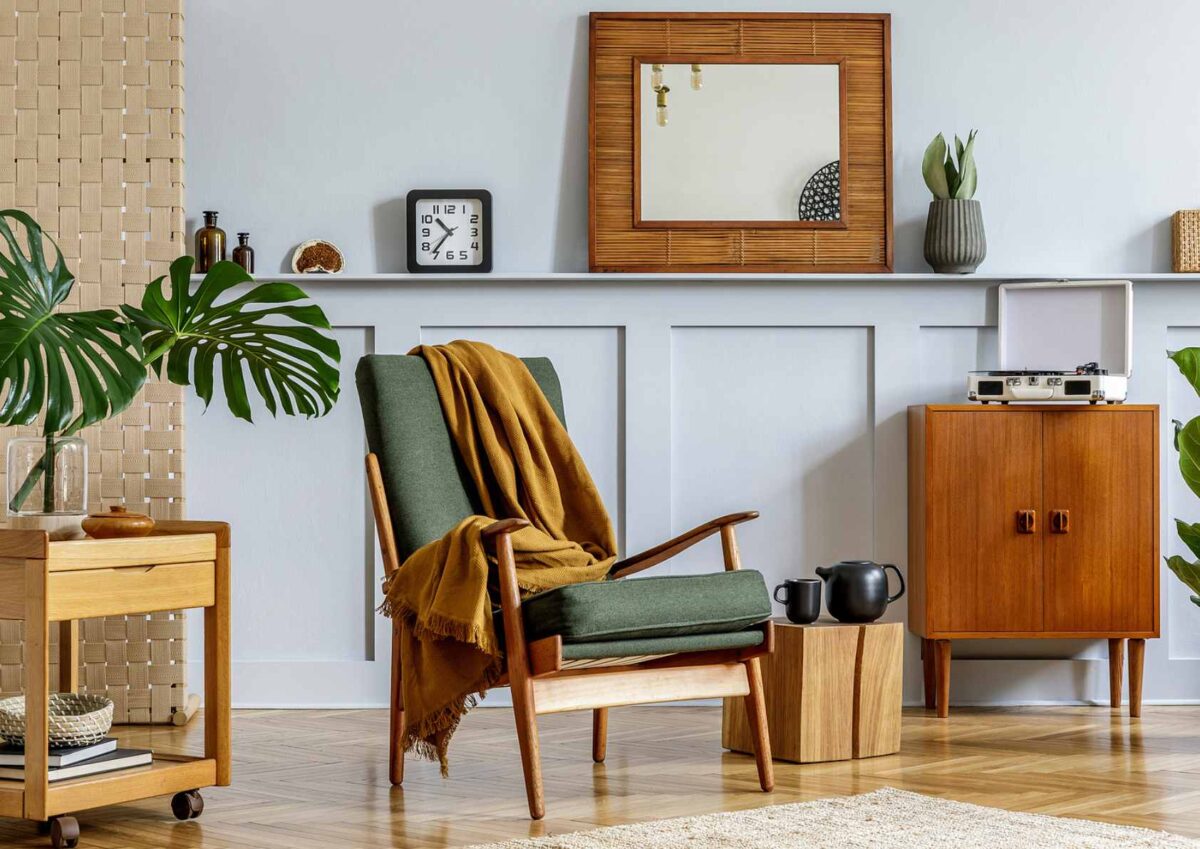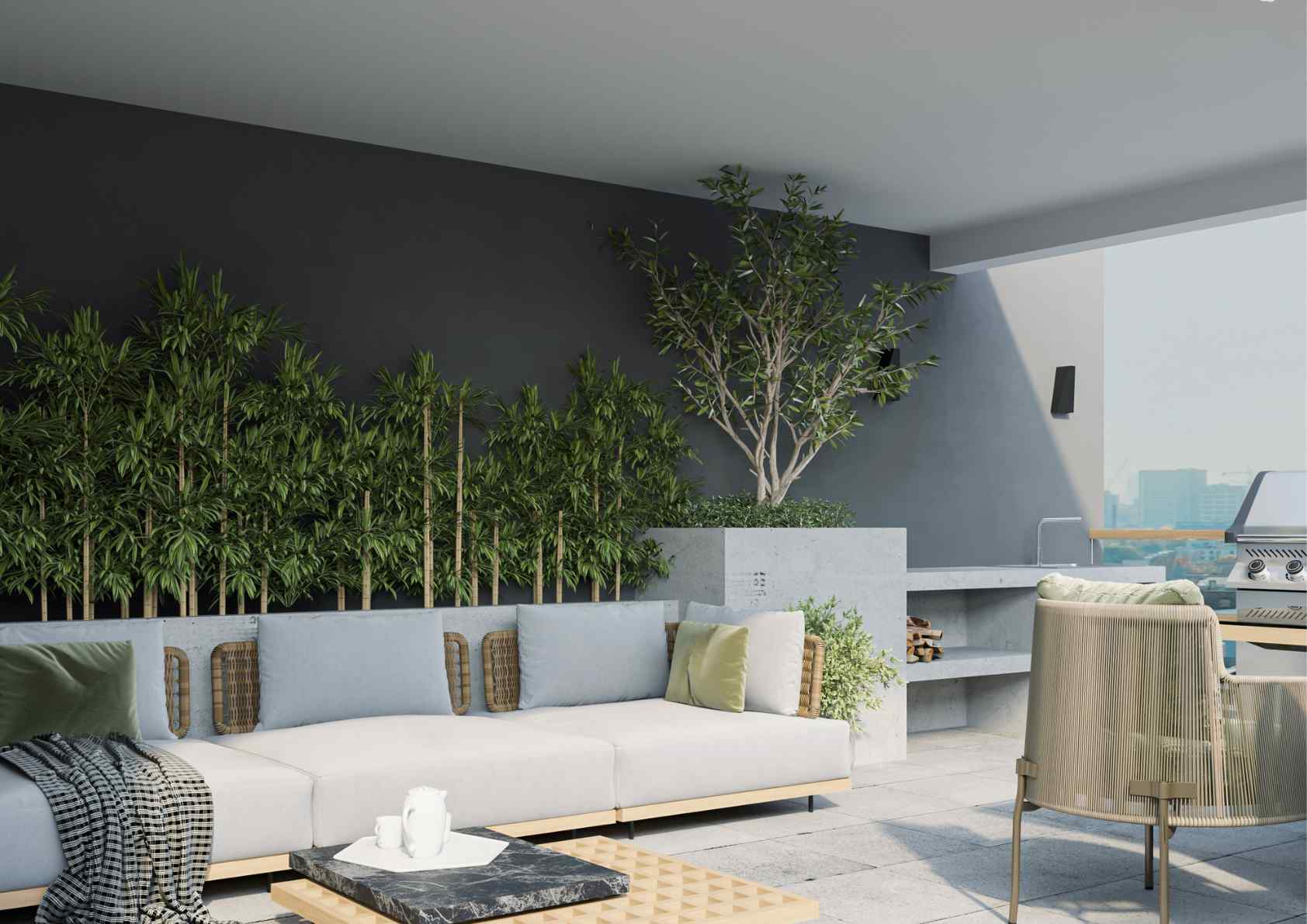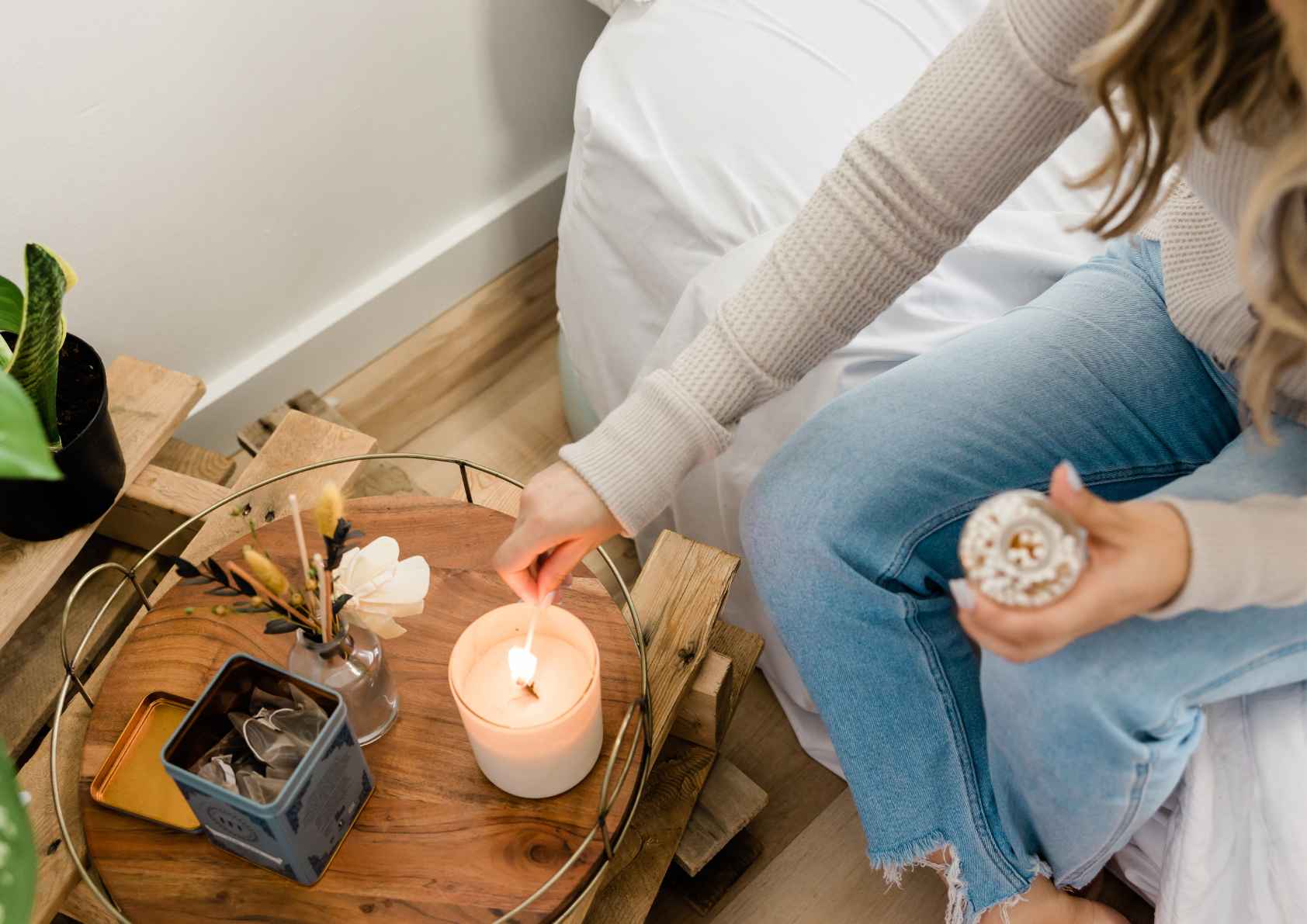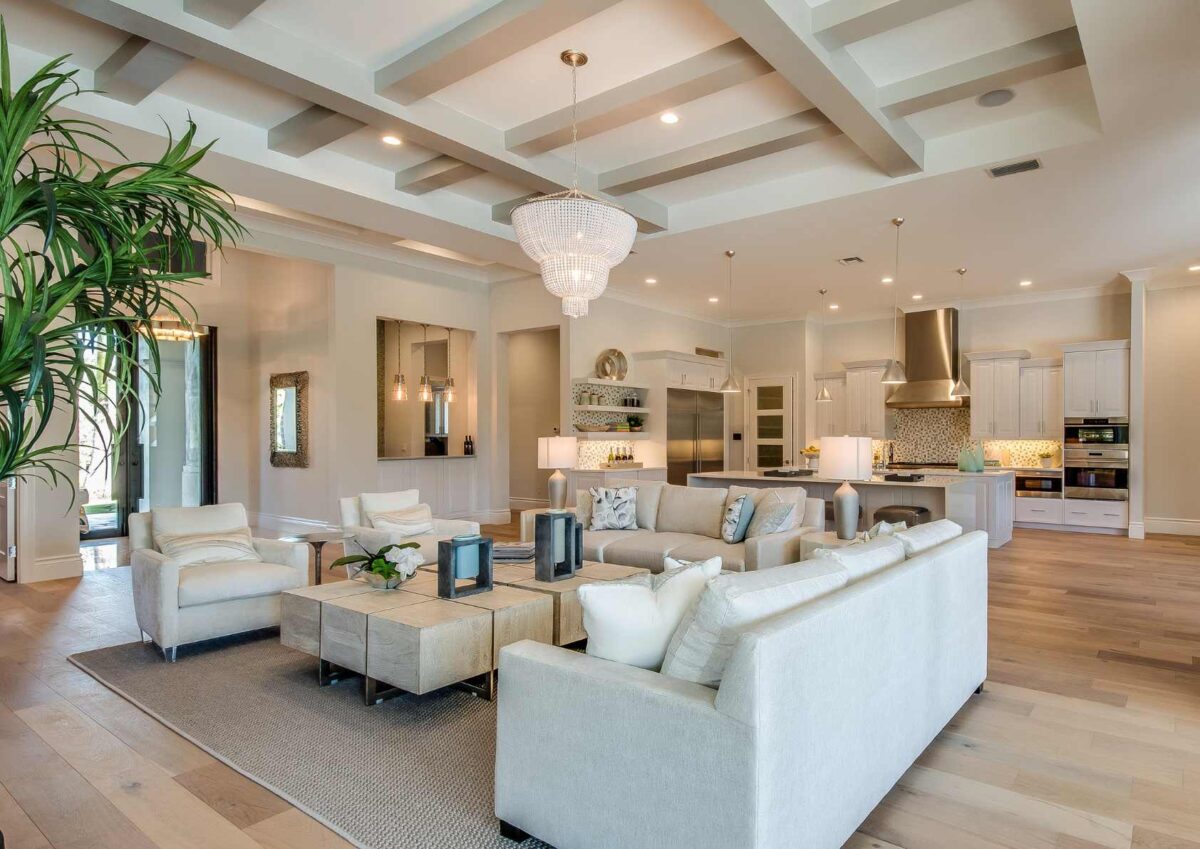Introduction
The way we think about our homes is evolving. More than just a place to live, our homes are becoming spaces that actively support our health and well-being. This growing movement, known as wellness real estate, blends innovative design with lifestyle-focused amenities to create healthier living environments. In this post, we’ll explore why this trend is booming, the features driving its popularity, and how it’s shaping the future of real estate.
Why Wellness is Becoming a Priority in Home Design
Modern buyers are seeking more than just square footage and curb appeal; they want homes that contribute to better physical, mental, and emotional health. This shift is fueled by rising awareness of how our surroundings impact our well-being.
From improved air quality to stress-reducing layouts, wellness real estate prioritizes features that enhance daily living. For some, this might mean investing in eco-friendly materials, while for others, it’s about having access to nature or building spaces designed for mindfulness. The key is creating an environment that supports a healthy, balanced lifestyle.
The Key Features of Health-Conscious Homes
1. Air and Water Quality Enhancements
Indoor air can often be more polluted than outdoor air. Advanced ventilation systems, air purifiers, and non-toxic building materials are becoming standard in health-focused homes. Similarly, water filtration systems ensure cleaner, safer drinking water, reducing exposure to contaminants.
2. Natural Light and Biophilic Design
Large windows, skylights, and open layouts maximize natural light, boosting mood and energy levels. Biophilic design, which incorporates natural elements like plants, wood, and stone, has been shown to reduce stress and improve cognitive function.
3. Smart Technology for Healthy Living
Wellness homes often integrate technology that monitors and improves indoor conditions. Smart thermostats, circadian lighting systems, and humidity controls help maintain an optimal indoor environment.
4. Spaces for Movement and Mindfulness
Designated areas for exercise, yoga, or meditation are becoming more common. Outdoor living spaces, walking paths, and gardens encourage physical activity and time spent in nature.
The Market Impact of Wellness Real Estate
The demand for homes that prioritize health isn’t just a passing fad—it’s reshaping the real estate market. Developers and builders are now incorporating wellness-focused features into their designs as a selling point.
In many markets, homes that emphasize wellness features often sell faster and at higher prices than comparable properties without them. This is because today’s buyers see these upgrades not as luxury extras, but as essential elements of a modern home. Real estate professionals are also finding that showcasing health-conscious features can be a major differentiator in competitive markets.
Wellness Real Estate and Sustainable Living
Sustainability and wellness often go hand in hand. Eco-friendly building practices, energy-efficient appliances, and renewable energy sources not only reduce environmental impact but also contribute to healthier indoor spaces. Low-VOC paints, reclaimed materials, and natural insulation help minimize toxins while promoting comfort.
The connection between sustainable living and personal wellness is strengthening the appeal of this real estate trend. Homebuyers are increasingly drawn to properties that reflect both their lifestyle values and their health priorities.
Looking Ahead: The Future of Health-Conscious Homes
As more people recognize the value of a home that supports well-being, the wellness real estate sector is expected to grow significantly. We’ll likely see more communities built with integrated wellness amenities—think shared gardens, fitness trails, and community wellness centers.
For buyers, the shift means more opportunities to find homes that align with both their practical needs and their health goals. For sellers and agents, it’s a chance to highlight a property’s potential to improve quality of life.
Conclusion
Our homes play a bigger role in our overall well-being than many of us realize. The rise of wellness real estate signals a shift toward healthier, more mindful living spaces that cater to the needs of modern lifestyles. Whether you’re building, buying, or renovating, focusing on health-conscious design can be both a wise investment and a step toward a better quality of life.






